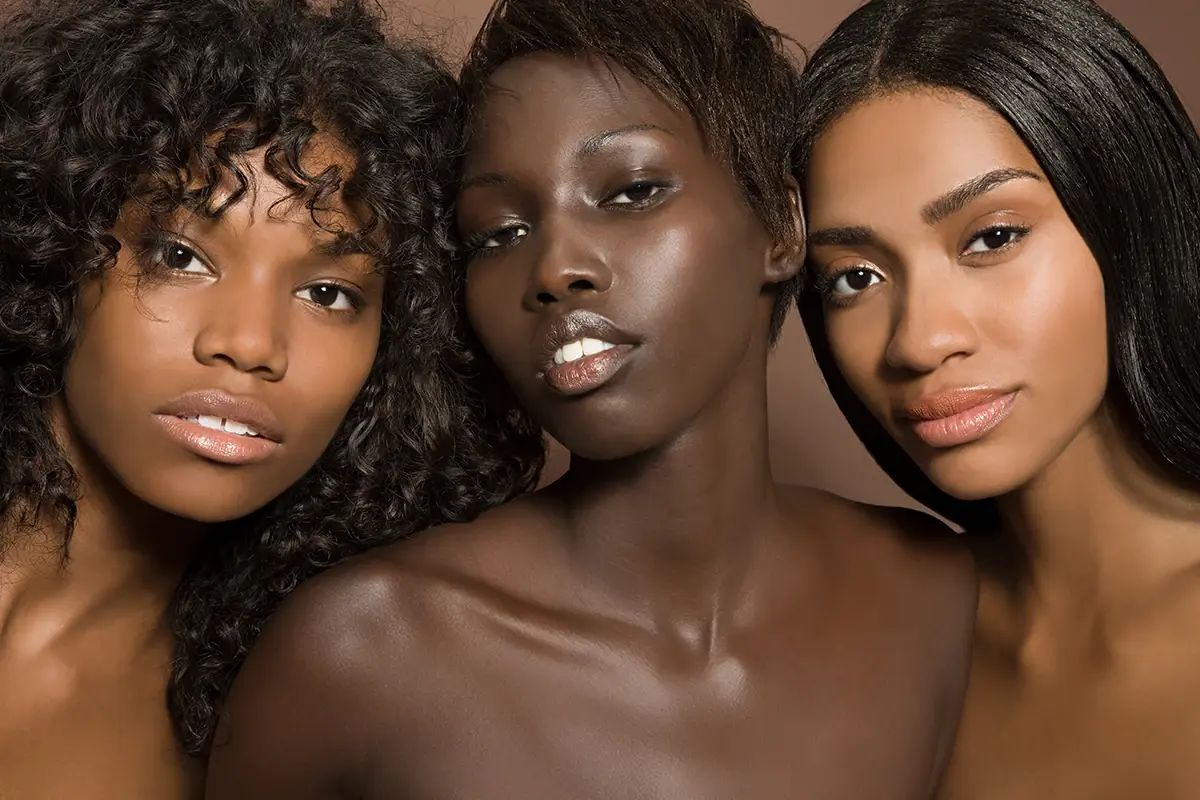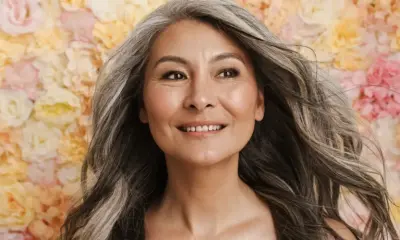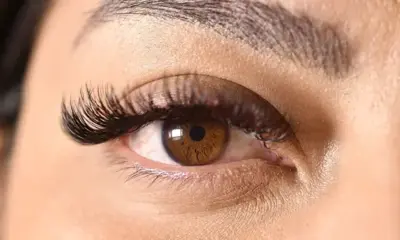Makeup & Cosmetic
Skincare: “R&D Often Overlooks Darker Skin Tones”
Although they represent over half of the global population, phototypes 4, 5, and 6—dark skin types according to Thomas Fitzpatrick’s classification—are often neglected during the formulation, testing, and development stages of skincare products.

This oversight in considering diversity in cosmetic strategies could be costly for brands, as highlighted by specialists consulted by Pascale Brousse, a beauty trends expert and author of a study on the subject.
In her recent research on the effects of climate change on the beauty industry, Pascale Brousse, founder of the Trendsourcing agency, explored how dark skin is treated within the cosmetics sector. She interviewed various experts and specialists to gather insights on the challenges faced by these skin types, now referred to as phototypes 4, 5, and 6, which represent matte, dark, to black skin according to the Fitzpatrick classification established in 1975. The lighter skin types are categorized as 1 to 3.
“Diversity is primarily a statistical reality. Over half of the global population is non-white, and this trend is expected to continue, particularly in American and African markets. Africa is projected to reach a population of two billion in the coming years,” explains Pascale Brousse.
Among those interviewed was Haweya Mohamed, co-founder of The Colors, a platform created in 2021 to promote diversity and inclusion in fashion and beauty. She pointed out that the availability of skincare products specifically tailored for these skin types is very limited in certain markets. “If brands fail to adopt multicultural strategies, they won’t survive in the next decade,” she cautions.
“Currently, if you want to purchase a standard moisturizer for black or dark skin, there are no local suppliers in France, and little has changed in recent years. While there are more inclusive brands in terms of visual representation, especially in makeup, the same cannot be said for skincare. It’s one thing to showcase diversity in marketing, but concrete offerings need to support those visuals,” adds Pascale Brousse.
A Need for Appropriate Care
Phototypes 4, 5, and 6 face specific concerns and reactions due to their adaptation to different climates, necessitating specialized solutions.
“The primary issue is maintaining skin hydration, particularly in dry, cold climates, as these phototypes are typically accustomed to hot, humid conditions,” states Pascale Brousse, emphasizing the heightened sensitivity of dark skin. “People often use occlusive products made from petrochemicals without realizing their detrimental effects, leading to excessive oil production, which can cause acne, hyperpigmentation, and dark spots. What starts as a hydration issue can result in multiple significant consequences,” she explains.
This need for specialized care is echoed by Imen Jerbi Azaiez, Doctor of Pharmacy and co-founder of the 4.5.6 Skin brand. This emerging brand is advocating for the establishment of the first research laboratory dedicated to testing, developing, and manufacturing high-performance products based on the functional and physiological differences between phototypes 4, 5, and 6. This initiative represents a crucial step toward addressing the knowledge gap in this area.
“There is still much we don’t understand about hyperpigmentation, and unfortunately, there are few research facilities focused on these skin types. After reviewing 1,400 dermatology studies conducted over eight years in the United States, it was found that only 2% of participants represented phototypes 4, 5, and 6. Furthermore, most dermatologists are not trained to meet the needs of darker skin types and may not even have experience with these phototypes. With such low representation, how can we derive scientific conclusions in dermatology to inform the development of suitable cosmetics?” she questions.
Cosmetics for Everyone
The lack of data and testing is also evident in the suncare category, as laboratories primarily focus on protecting the first four phototypes.
“While sunburns may occur later on darker skin, the risk still exists. Some subsidiaries of major brands are conducting these tests in countries like Brazil, but we need to expand this scope,” notes Pascale Brousse.
“Brands can make requests and set their inclusion criteria. Multicultural consumers are the fastest-growing segment in the U.S., and with climate change, this trend is likely to accelerate in Europe as well. Some independent brands, like Ustawi, Nubiance, and Be Radiance, are emerging in France, but there is a clear need to address the lack of inclusiveness in both product testing and range development,” she concludes.





















